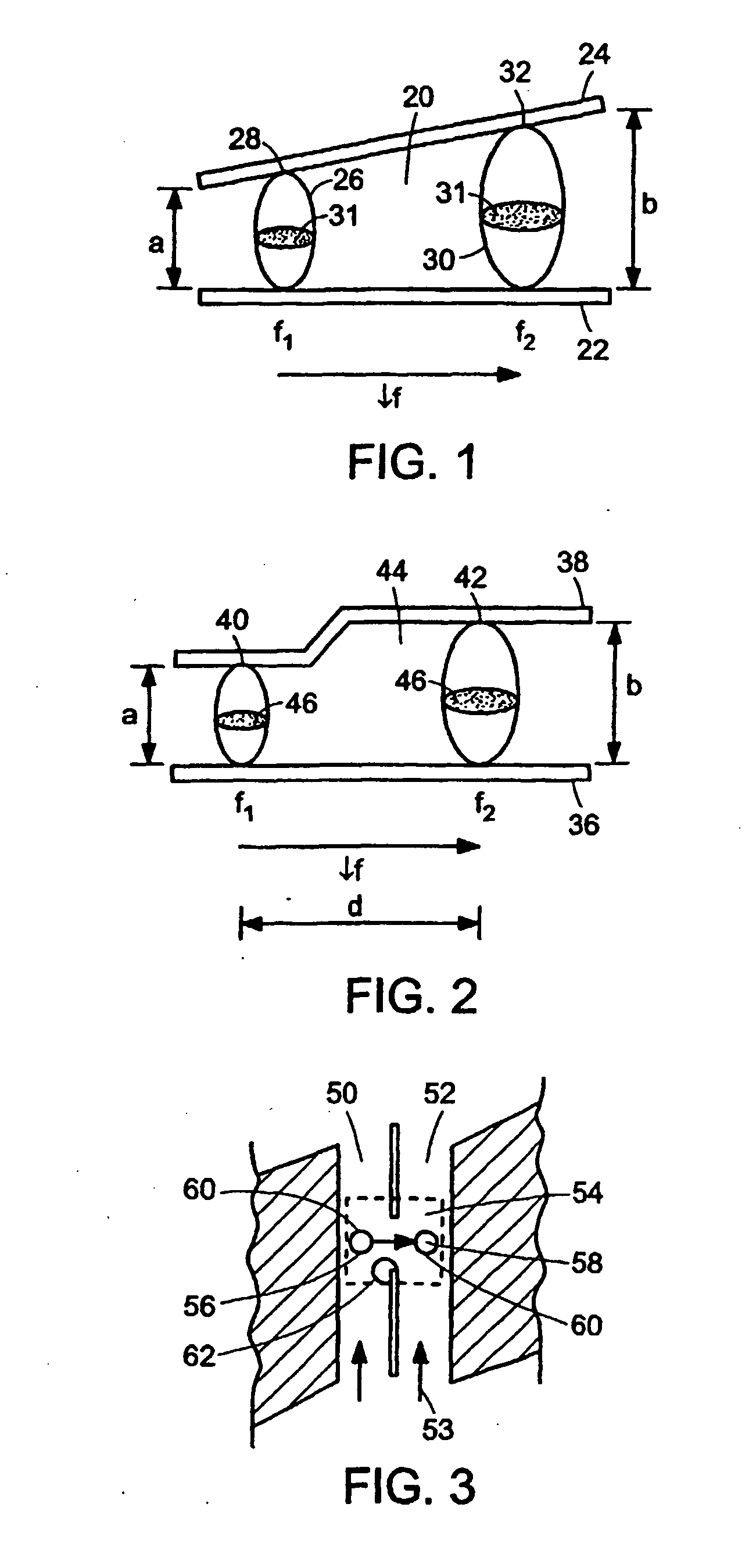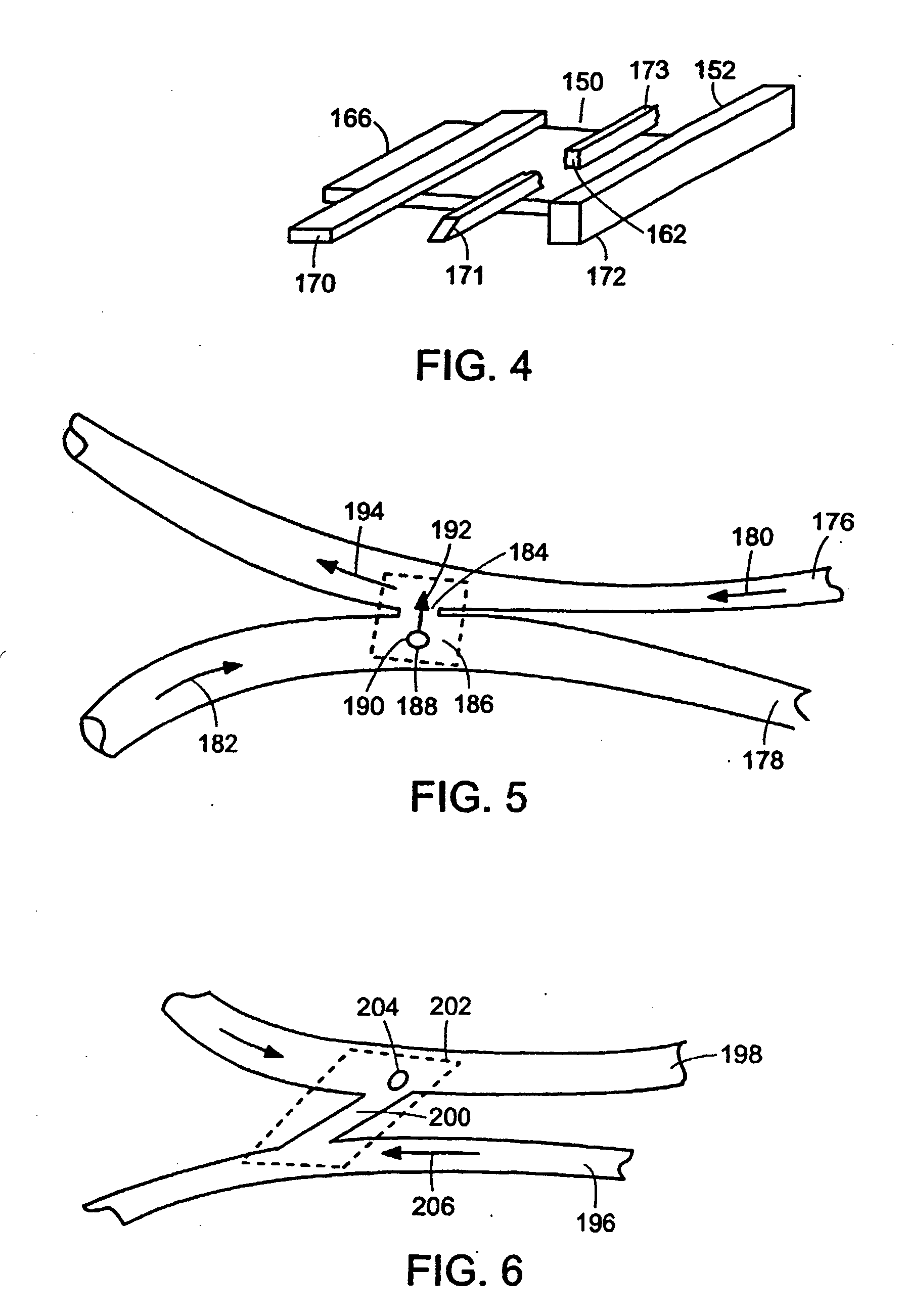Method and device for ultrasonically manipulating particles within a fluid
a technology of ultrasonically manipulating particles and fluids, applied in auxillary pretreatment, separation processes, laboratories, etc., can solve the problems of high energy loss, insufficiently meeting certain industry requirements for manipulating fluid-borne particles, and prior known devices and techniques
- Summary
- Abstract
- Description
- Claims
- Application Information
AI Technical Summary
Benefits of technology
Problems solved by technology
Method used
Image
Examples
Embodiment Construction
[0046] From the above disclosure and the following detailed description of various preferred embodiments, it will be recognized by those skilled in the art, that the novel devices and methods disclosed here have advantageous functionality applicable to manipulation of fluid-borne particles in numerous different fluid operations. Numerous embodiments of the present invention suitable for testing or analysis of a fluid are possible and will be apparent to those skilled in the art given the benefit of this disclosure, for example, methods and devices suitable as (or for use in) apparatus to perform, e.g., liquid chromatography (LC), capillary electrophoresis (CE) or other liquid-phase separation techniques, e.g., mycellular electrokinetic chromatography (MEKC or MECC), isoelectric focusing and isotachophoresis (ITP), biological fluid separations and analyses, etc. Preferred embodiments of the devices can be utilized in a wide range of automated testing and analysis of fluids. Testing o...
PUM
| Property | Measurement | Unit |
|---|---|---|
| Length | aaaaa | aaaaa |
| Thickness | aaaaa | aaaaa |
| Thickness | aaaaa | aaaaa |
Abstract
Description
Claims
Application Information
 Login to View More
Login to View More - R&D
- Intellectual Property
- Life Sciences
- Materials
- Tech Scout
- Unparalleled Data Quality
- Higher Quality Content
- 60% Fewer Hallucinations
Browse by: Latest US Patents, China's latest patents, Technical Efficacy Thesaurus, Application Domain, Technology Topic, Popular Technical Reports.
© 2025 PatSnap. All rights reserved.Legal|Privacy policy|Modern Slavery Act Transparency Statement|Sitemap|About US| Contact US: help@patsnap.com



